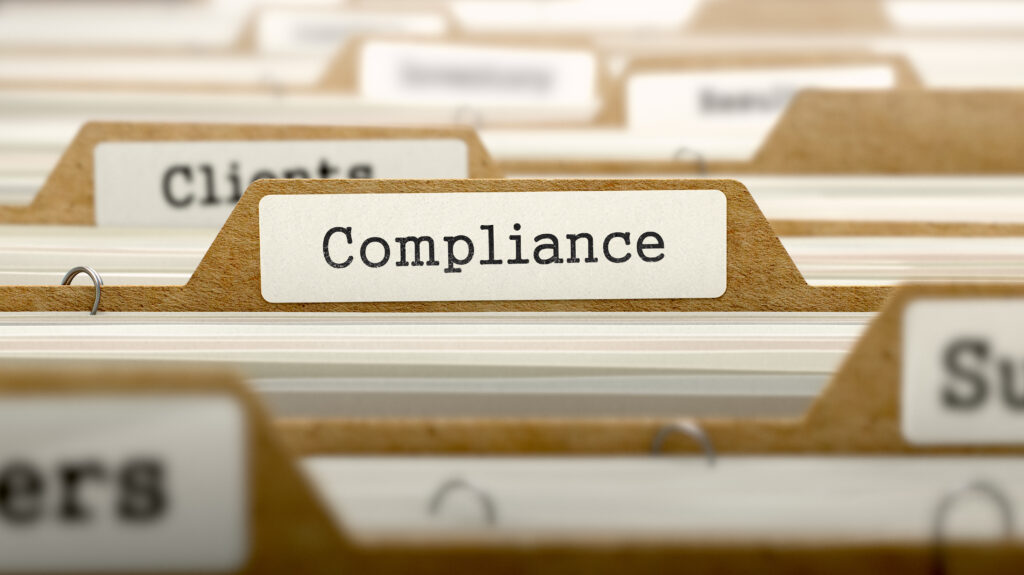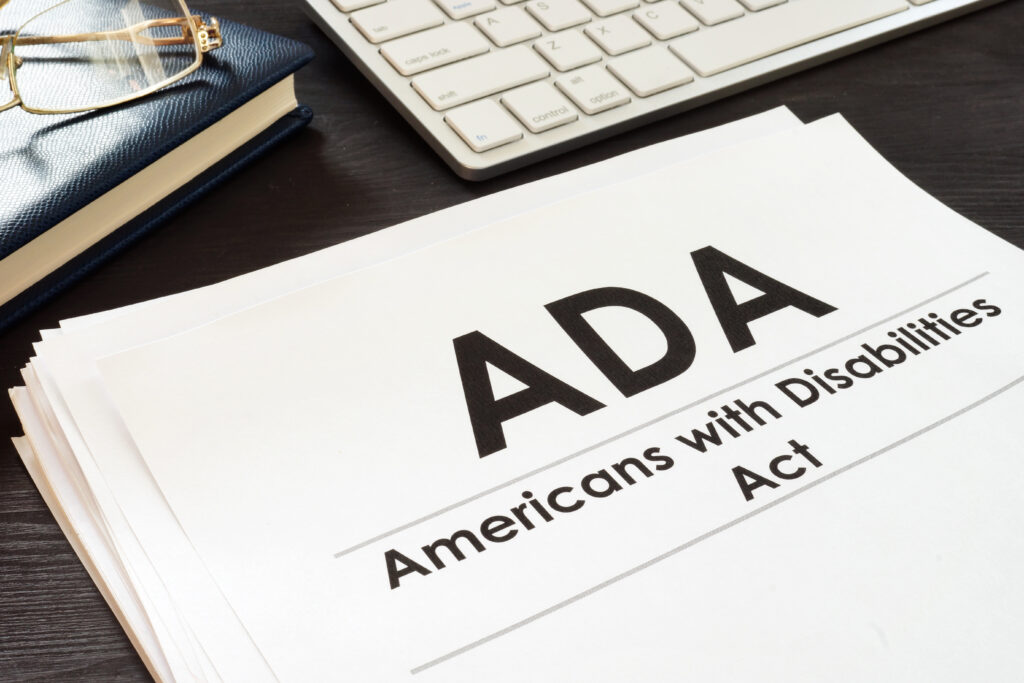The Americans with Disabilities Act (ADA) could be getting a facelift to address the ways that today’s society relies on technology. In the 33 years since the law went into effect, use of the Internet has fundamentally altered government, business, education and just about everything else. Still, the ADA is currently silent when it comes to specific accessibility requirements for websites and other spaces online.
The Department of Justice recently released a draft rule that would remove much of the uncertainty surrounding accessibility requirements online — at least for some covered organizations. The proposed rule only addresses Title II of the ADA, which is the section that applies to government entities. However, many predict that this is just the first step and that the rule will eventually expand to cover private businesses as well. Here’s what everyone should know about the new rule and what it’s signaling about the government’s view of online accessibility.
Who does the proposed rule cover?
Title II of the ADA applies to state and local government entities. A wide range of organizations fall under this umbrella, including those that contract with the government. For starters, these organizations will need to pay close attention to the changes to Title II:
- Public schools, universities and community colleges
- Public libraries
- Police departments
- Social services offices
- Public transit agencies
- Courts
- Election offices
- Public hospitals and healthcare organizations

What standards will the law use?
The ADA provides some detailed information about accessibility standards for physical spaces. For example, it states the width of accessible doors, measurements for accessible bathrooms and how steep an access ramp can be. While courts have already applied the ADA to online accessibility cases, the law lacks any specifics about what makes a website accessible. The rule aims to change this and provide some concrete details and guidance.
Instead of reinventing the wheel, the rule incorporates the Web Content Accessibility Guidelines (WCAG). The WCAG provides detailed technical information about how to make a website accessible. From font contrast to captions and screen reader capabilities, this set of standards sets out highly detailed specifications.
The Worldwide Web Consortium, which created the WCAG, keeps updating its standards so that they apply to the most recent technological advancements. The Rule incorporates WCAG 2.1 AA. While WCAG 2.2 offers even more updates, the 2.1 version is still the goal for many organizations and governments around the world.
Will government entities need to retrofit their websites?
The updates to the ADA will require many organizations to update much of the content on their sites. However, diving into government online archives to fix every potential violation of WCAG 2.1 would be a herculean effort. The rule acknowledges that much of the content online is old, out of date, and not used by anyone. As a result, there are exceptions. Content that is only maintained for research, reference and recordkeeping, and in a special archived area that’s left unchanged since it was archived won’t need to be updated.
Organizations should prioritize assets that matter most to the audience. For instance, it would be best to update online portals, landing pages and new information before addressing older, less useful content.

Will the new rules eventually apply to businesses?
The government already faces some more stringent online accessibility rules than do private businesses. It’s not particularly surprising that the new additions will first address the government through Title II of the ADA.
Still, Title III of the ADA, which applies to private businesses, may soon face the same standards. For years, the DOJ’s position has been that Title III’s “places of public accommodations” include websites and online content. Some businesses have, therefore, already faced consequences for inaccessible websites.
Some suspect that the DOJ will eventually extend the rule to cover private businesses explicitly. Even if the new rule doesn’t require such updates, it does offer those entities insight into what the DOJ believes is accessible and how to avoid potential accessibility-related violations.
What will be the impact of the rule on accessibility litigation?
In the legal community, attorneys are already putting their clients on notice. The murky laws surrounding online accessibility have made it difficult for businesses and other organizations to adhere to any set of standards. When people brought lawsuits against organizations for inaccessible online content, the courts couldn’t look at technical standards to make a firm ruling one way or another. The grey area led to conflicting decisions from courts around the country.
The addition of these rules, even if they only apply to government entities, would help offer some guidance and a reference point both to businesses and to the courts. As a result, it will become easier to make online content accessible in the eyes of the law. At the same time, courts may be less forgiving of those businesses that neglect to take such steps now that they can’t claim they have nothing to reference.
The best approach for anyone in a leadership position is to pay attention to the ultimate changes to the ADA. Without a doubt, plaintiff’s attorneys, often criticized for seeking out violators to sue, will be.

Where can government entities and businesses looking to update their online presence start?
Whether the rule passes or not, it’s important for any organization with a website to pay attention to online accessibility. Not only are there consequences for violating such laws, but inaccessible sites also prevent people from accessing information and turn away would-be consumers.
The first step for those looking to meet the demands of the new rule is learning more about what it means to make online content more accessible. Verbit’s online accessibility hub is the perfect place to start for timely updates and easy-to-understand information about accessibility best practices, guidelines and laws. Partnering with an accessibility provider is another way to benefit from organizations that have expertise in these areas. Reach out to Verbit to find out how we can support your accessibility efforts and updates at your organization.




